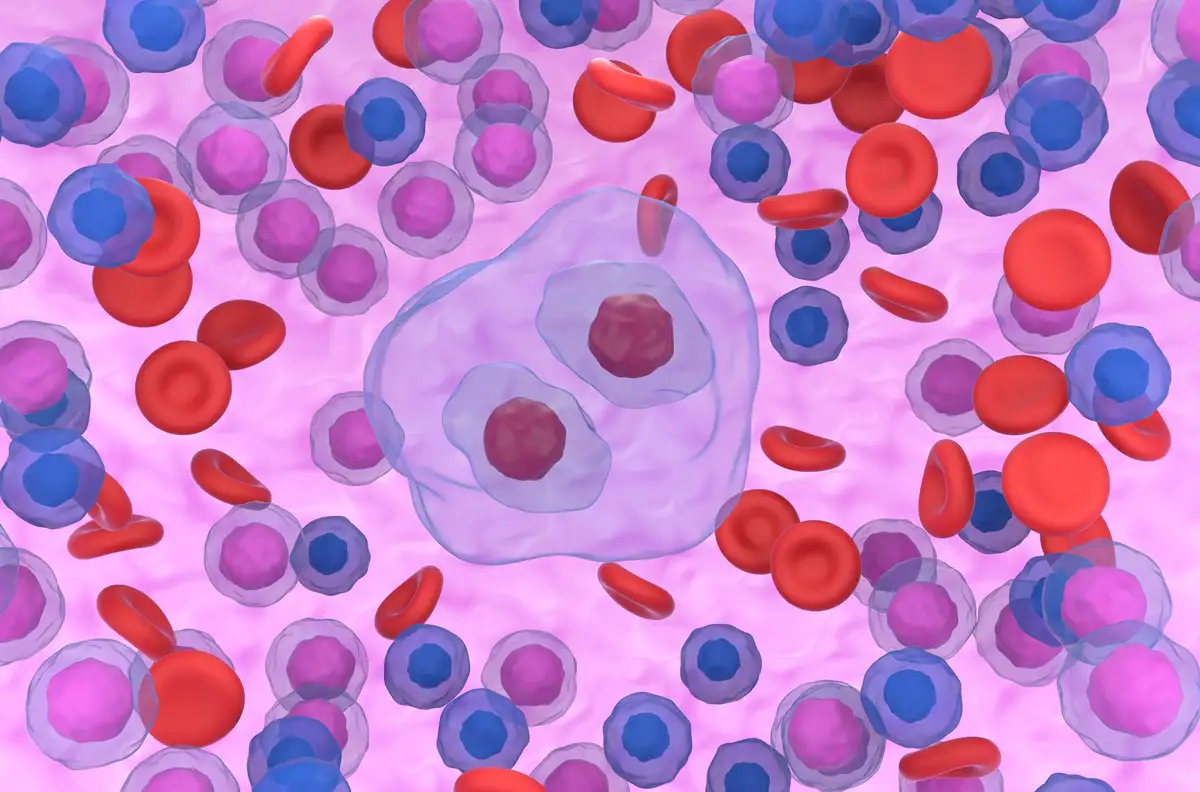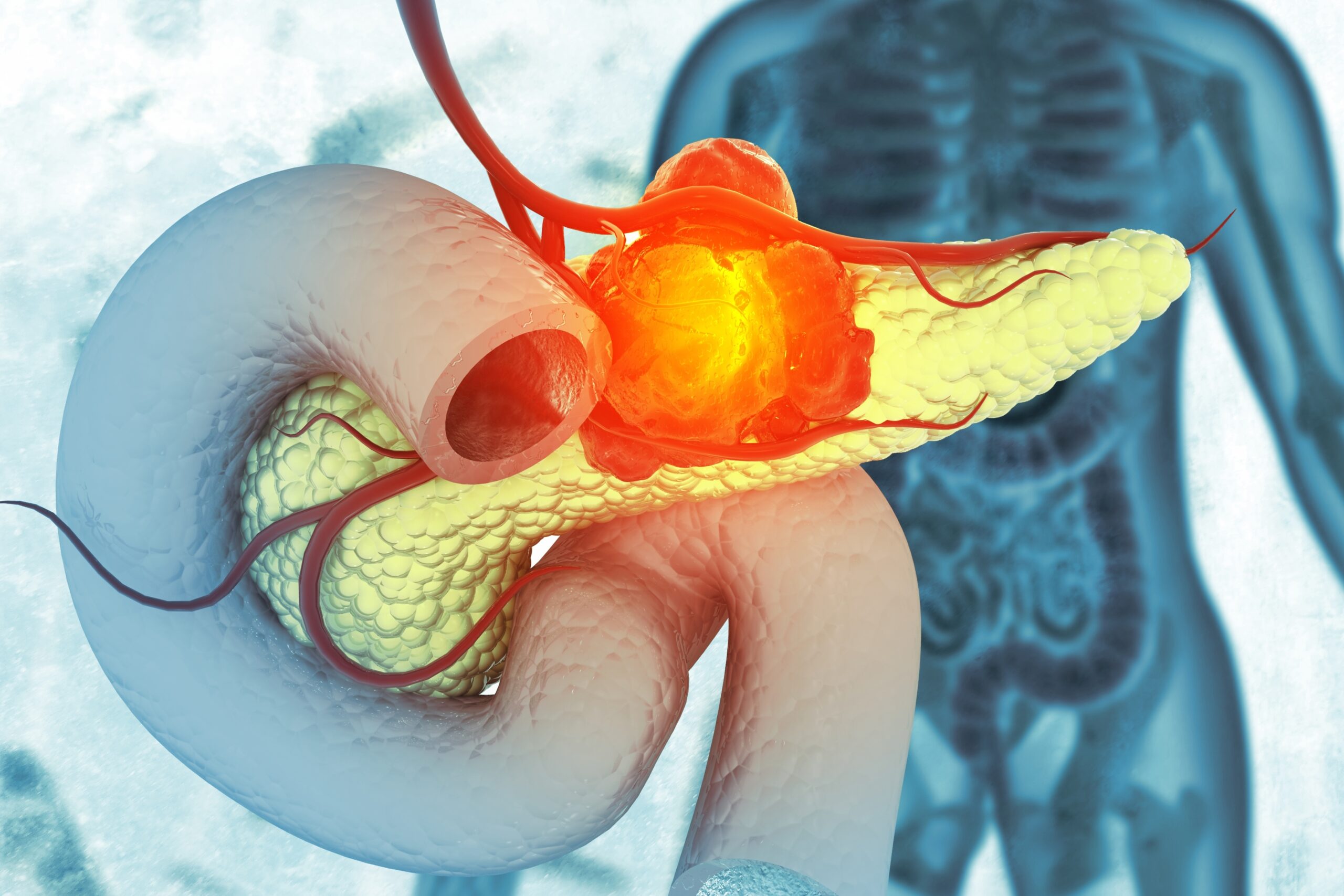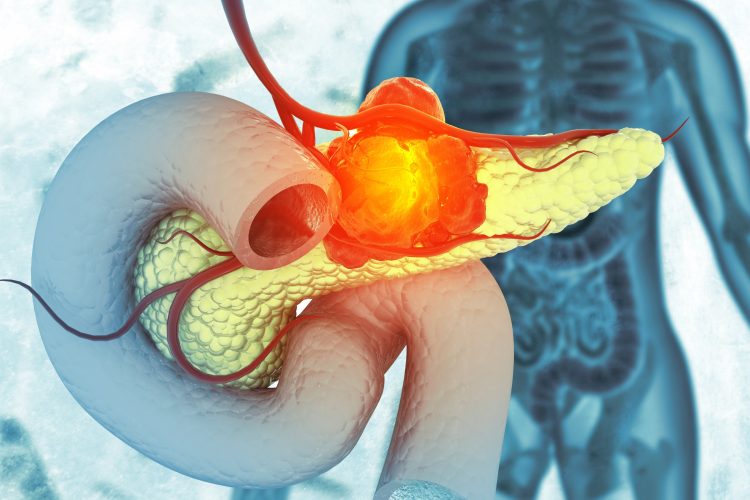King’s College London Faculty of Dentistry receives record grants to transform oral, Craniofacial Research
LONDON: The Faculty of Dentistry, Oral & Craniofacial Science at King’s College London has announced the success of multiple…

LONDON: The Faculty of Dentistry, Oral & Craniofacial Science at King’s College London has announced the success of multiple…

Imagine you got a rough night of sleep. Perhaps you went to bed too late, needed to wake up early or still felt tired when you woke up from what should have been a full night’s sleep.
For the rest of the day, you feel groggy and…

HIV drug resistance is common across sub-Saharan Africa, with new population-level data showing that more than one in three people on antiretroviral therapy (ART) carried at least one resistance-associated mutation between 2015 and 2019,…

Hodgkin lymphoma is a malignancy of the lymphatic system. It accounts for about 10 per cent of all lymphoma cases and is especially common among young adults. The disease typically presents with swollen lymph nodes and may also include…

Graphnet Health has been selected by Jersey’s Family Nursing and Home Care (FNHC) to provide the island’s first large-scale remote monitoring service.
The number of islanders in Jersey aged 65 and over is set to increase by 30% by…

Scientists in Japan have identified a way to weaken the dense fibrotic barrier that prevents drugs from penetrating pancreatic tumours – a promising new strategy that could improve treatment for pancreatic cancer.

Pancreatic…

Male bonobos are able to decipher confusing fertility signals from females, say scientists.
Most female mammals are only receptive to mating during ovulation, which provides males with precise signals to time their efforts accurately.
However,…

Zane Maples was one of the final donors in line to give blood at an MD Anderson community blood drive held at Conroe High School. He waited patiently throughout the donor intake process as fellow seniors completed their donations. He kept…
SAN ANTONIO – Using menopausal hormone therapy (MHT) was not associated with an increased risk of breast cancer in women with inherited mutations in the BRCA1 or BRCA2 genes, according to the results of a matched prospective analysis…

Medical cannabis is widely used for issues such as chronic pain, anxiety and insomnia, but a major analysis led by UCLA Health reports that the scientific support for these uses remains weak.
A study published in JAMA examined more than 2,500…